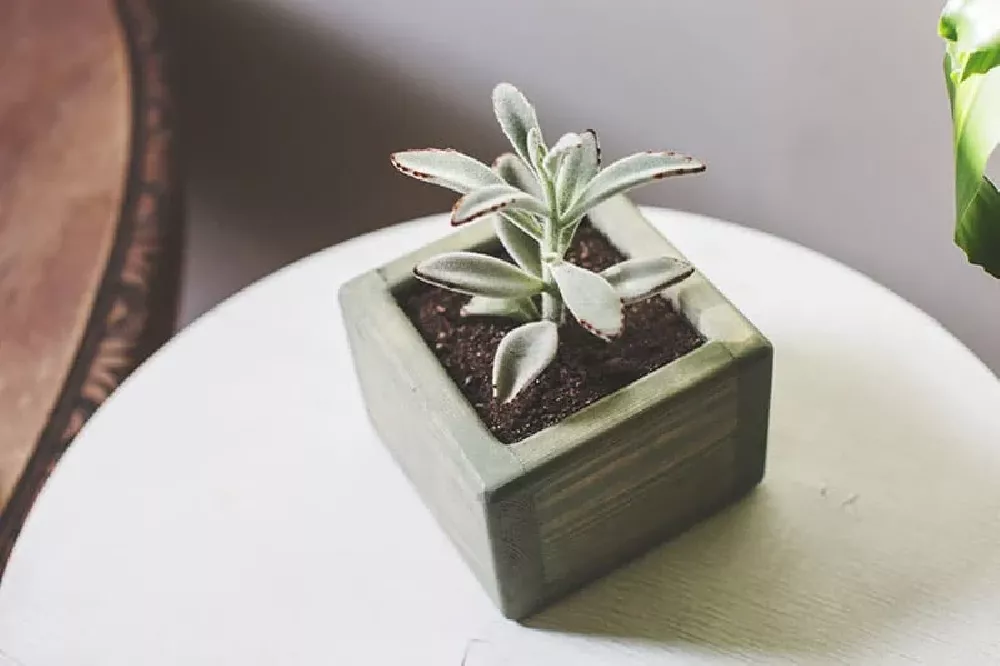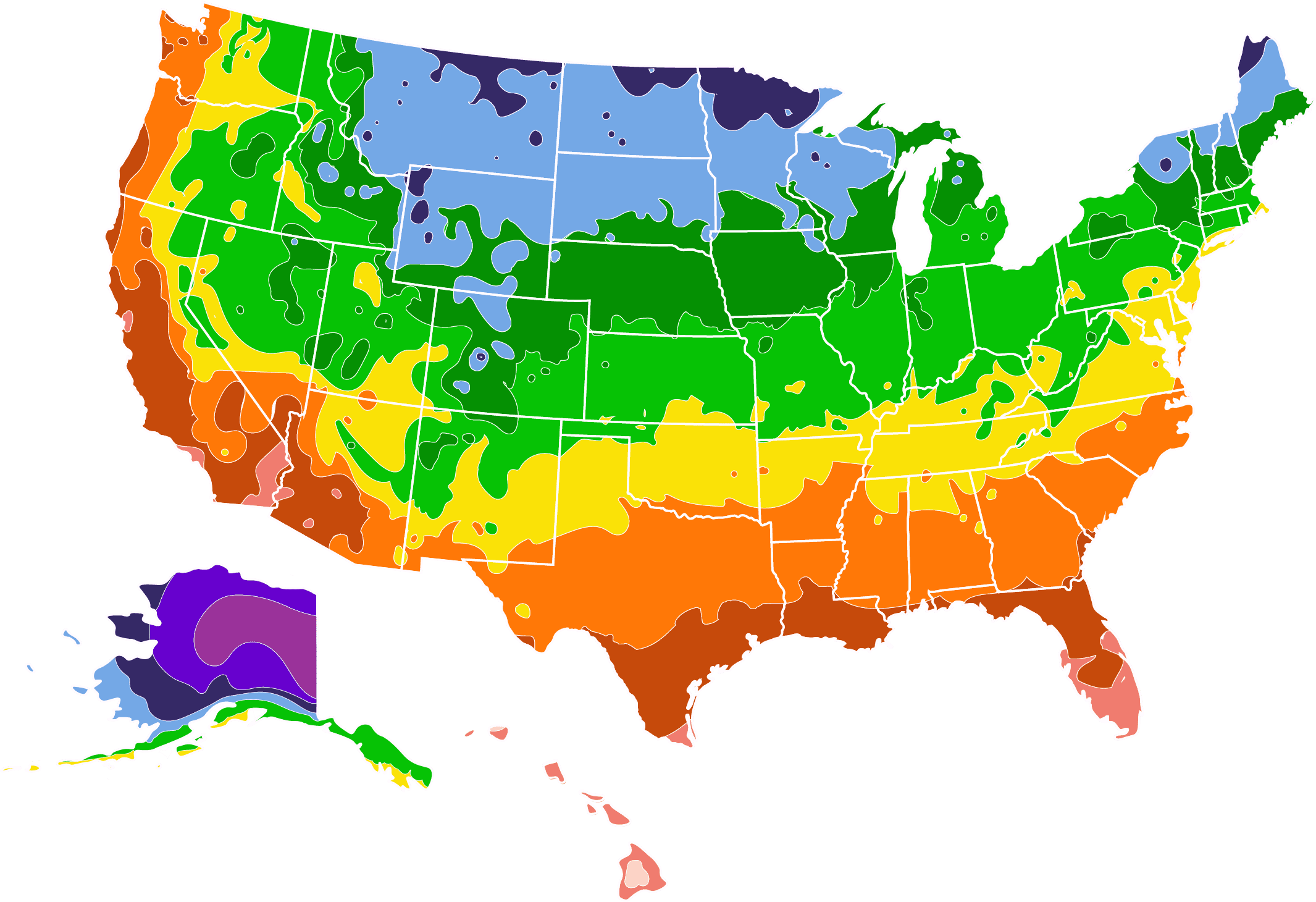- Home >
- Houseplants >
- Panda Plants
Panda Plants for Sale - Buying & Growing Guide
Panda plant, Kalanchoe tomentosa, is a delightful succulent with fuzzy oval leaves that are outlined in brown spots. It is grown as a houseplant in most of the U.S. If you live in an area where the temperatures rarely drop below 60 degrees Fahrenheit, you may be able to grow it outside. It is an easy-to-care-for plant suitable for beginning gardeners and children. The plant is attractive in rock gardens or displays featuring cacti and other succulents. The plant is native to Madagascar but is commonly found in garden centers in the U.S.
- Easy to grow with no special needs.
- Attractive oval leaves are covered in light “fur” and tipped with brown.
- Usually grown as a houseplant.
Planting instructions
If your panda plant will be living indoors, choose a container large enough to hold the root ball of your plant with an inch or so of space for the roots to grow. It should have drainage holes in the bottom and an overflow tray. Use a potting mix intended for succulents and cacti. Fill the container and dig a hole that is a little bigger than the root ball. Place the plant in the hole so that it is at the same level as it was in its nursery pot. Fill in around the roots with soil, pressing down gently to eliminate air pockets. Water thoroughly, but do not leave standing water in the container’s tray.
Watering and nutrients
Wait until the soil appears dry before you water your panda plant. Then give it a good drink, emptying the bottom tray of any standing water. The panda plant stores water in its fleshy leaves, so it is forgiving if you forget to water. In the winter, give it less water, as it will not be actively growing then.
Panda plants have simple needs for nutrients. Regular light feedings of a balanced, slow-release, fertilizer formulated for houseplants or succulents through the spring and summer months are all it needs. In the fall and winter, you can cut back and limit feeding to once a month.
Pollination
Panda plants rarely flower when grown in the home. If you wish to increase your stock of them, it is easily done by pulling off a leaf from an existing plant and sticking it into fresh potting soil in the spring. You should see new growth within a month or so.
Pruning
If your panda plant starts looking leggy, with long, spindly stems, cut them back to maintain a roughly rounded shape. You can prune whenever needed, also removing dead leaves or any that appear diseased or infested with insects.
Pests and diseases
Panda plants may suffer from all the usual pests that bother houseplants, mealybugs, aphids, and brown scale are the most common. These can be removed by cleaning the leaves with a cotton swab or rag dipped in rubbing alcohol.
Your panda plant may experience root rot if you water it too frequently and it is susceptible to powdery mildew. This may cause leaves to have yellow spots or dead edges. Allow for good air circulation around your plant to avoid it and treat with a potassium bicarbonate product if you see signs of it.
Achieving maximum results
One of the keys to growing succulents is understanding how they take in and process water. The thick, fleshy leaves of the panda plant and other varieties of Kalanchoe can retain moisture to be used as needed by the plant. This is why they are a good plant choice for gardeners who may forget about watering occasionally, such as children. When you do water, avoid wetting the leaves, which can lead to rot. If the leaves start turning yellow and getting soft, you may be overwatering. Cut back and let the plant dry out for a few weeks before watering again.
FAQs
Why are my panda plant leaves turning brown?
They may just be at the end of their lifespan. New leaves will continue to grow out of the plant’s main stem while older leaves at the plant’s outer edges die off. You can trim them off with clippers or scissors.
Will my panda plant bloom?
It is rare for panda plants that are grown as houseplants to bloom. If you are growing your plant outside, you may see small tubular flowers during the growing season. In general, these plants are grown for their interesting leaves rather than their flowers.
Is Kalanchoe tomentosa poisonous?
Yes, keep this plant away from pets and small children. The leaves might look tasty to a little one but they are toxic and can cause indigestion or worse.
What does it take to grow panda plant outside?
You will need to be in USDA hardiness zone 11 or 12, since the plant cannot handle cooler temperatures. If that is the case, plant your panda plant in soil that is fertile but drains well. If your soil tends to be clay-heavy, add some sand to the area where you want to plant and dig it in. Your panda plant will look especially good in a rock garden or succulent garden.
How large will my panda plant get?
An indoor plant may grow to be about a foot high and a little wider with the proper care. An outdoor plant that is happy in its location may grow to one and a half feet high and wide.









